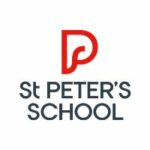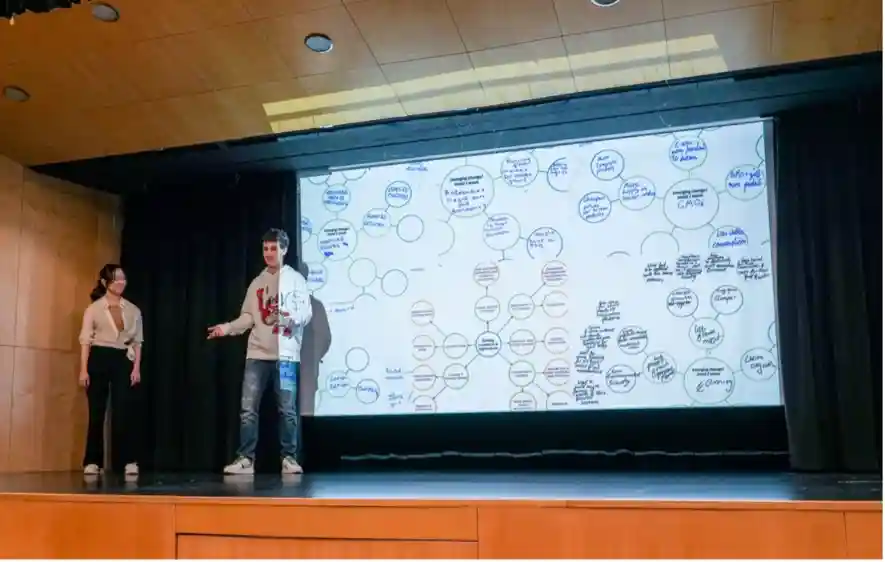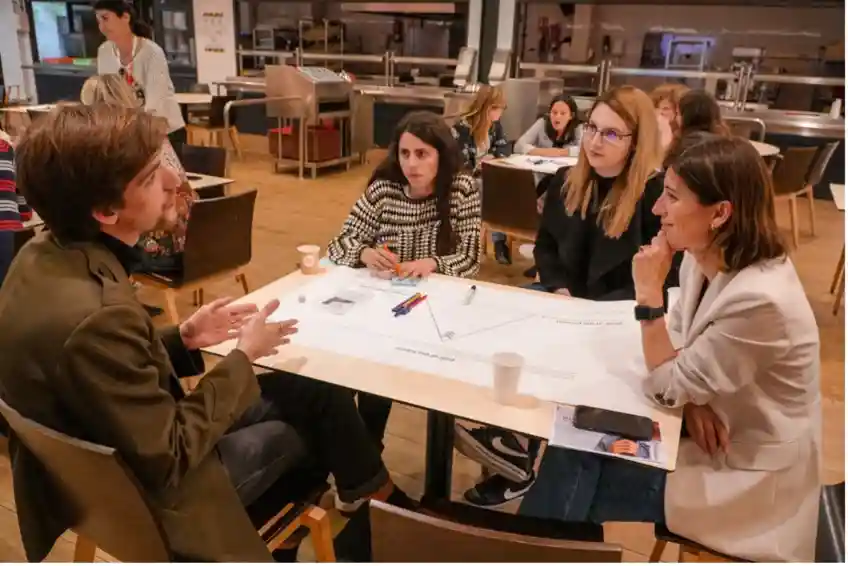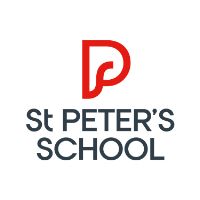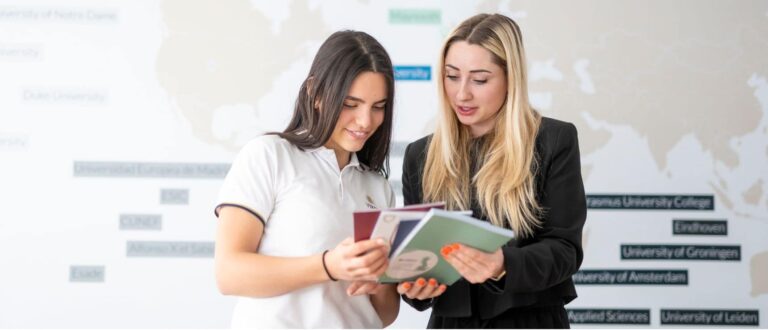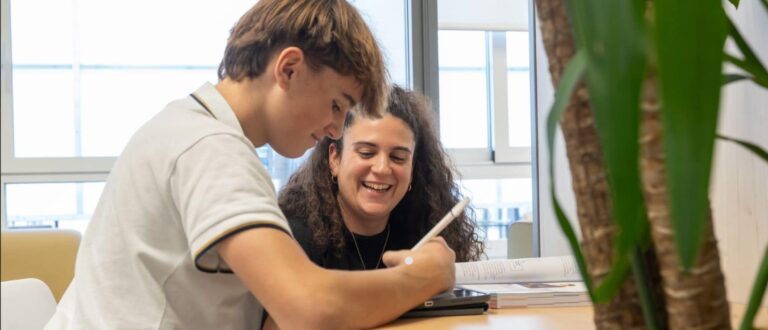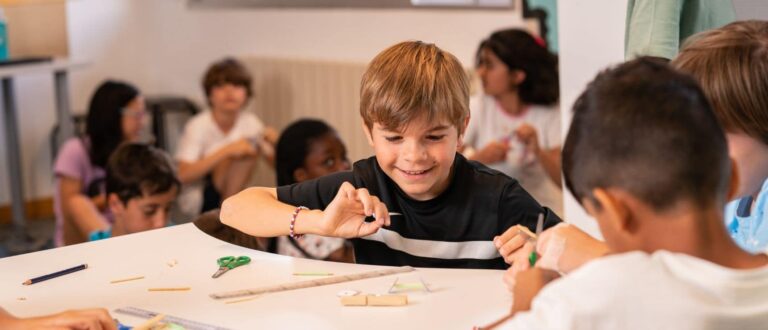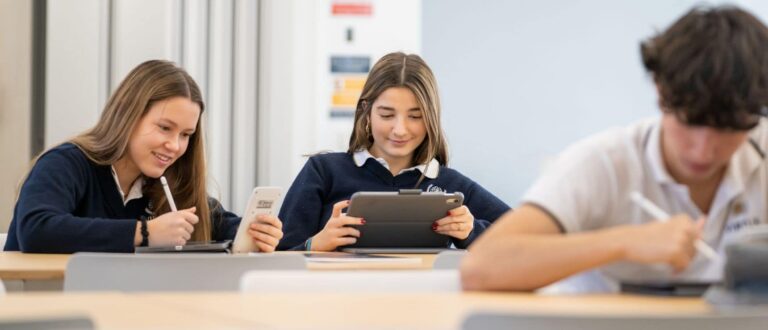As we approach the first quarter of the 21st century, it is crucial to consider what we should teach our students in schools. The current educational model, established centuries ago, gradually spread worldwide, making education compulsory in the 19th and early 20th centuries. However, the industrial revolution disrupted this pattern, as individuals began noticing differences in tasks, jobs, and their social consequences compared to their parents’ experiences.
The retiring generation, educated in the 1980s, witnessed remarkable technological and social transformations. They were born into a world without computers, mobile phones, or the internet. They had no knowledge of the human genome or the possibility of modifying it. Adaptation efforts unfolded throughout their working lives, allowing time to learn and change.
Today’s students will experience faster and more impactful changes, living in a world where paradigms shift rapidly. When they finish school, the world they learned about will have transformed. What they learn in university may become outdated before graduation, and their jobs may change or disappear rapidly upon entering the workforce.
Given this context, what should we teach them?
While adaptability is often emphasized as a crucial quality for the future, it is a reactive skill that requires stoically accepting whatever comes our way. Instead, we need to cultivate a different approach: Futures Literacy.
Futures Literacy goes beyond understanding the world as it is; it involves anticipating what it could be. Coined by Riel Miller of UNESCO, Futures Literacy refers to the ability to understand, imagine, and navigate multiple potential futures.
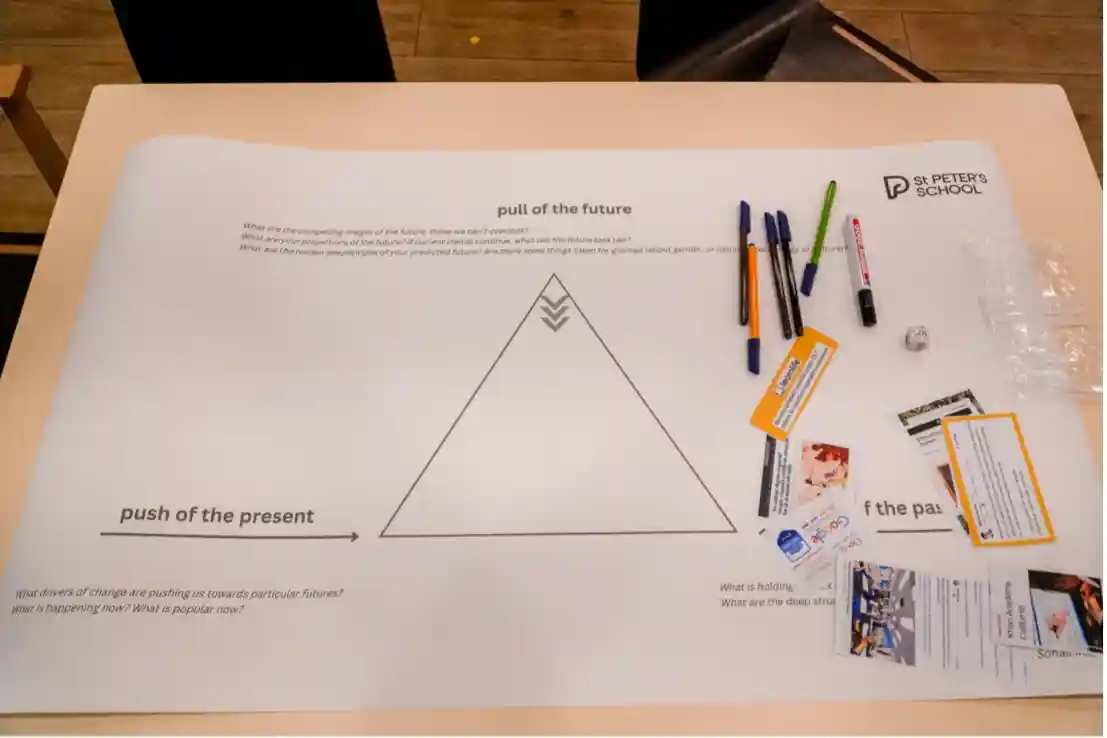
Futures Literacy is not about precisely predicting the future; rather, it’s about preparing for various possible scenarios. It enables us to explore different possibilities and uncertainties, making decisions that are resilient, flexible, and adaptable. This skill is especially vital in a world characterized by exponential change, encompassing complex issues such as climate change, technological advancements, and social inequality.
To grasp the concept of Futures Literacy, let’s delve into its core principles: anticipating the future, understanding the present, and using the future.
Anticipating the future involves planning for a range of possibilities rather than making precise predictions. In a world where changes occur at an unprecedented pace, this ability is fundamental. It allows us to consider and prepare for different potential outcomes.
Understanding the present is equally important. It requires recognizing our assumptions, biases, and cultural perspectives that shape our expectations for the future. By acknowledging these factors, we can better comprehend the uncertainty and complexity of the present moment, enabling us to envision multiple potential futures instead of being limited to a single deterministic outcome.
Using the future is a unique concept in Futures Literacy. It recognizes that the future does not exist independently; rather, it is a construction of our minds. Each time we make a decision or establish a belief, we “use” the future. For instance, when a student decides to study engineering, they are “using” a future where they envision themselves as an engineer. Recognizing this aspect provides us with greater awareness of our assumptions and expectations, making our decision-making process more intentional and purposeful.
Futures Literacy in Education
Nowhere is Futures Literacy more critical than in education. Peter Bishop, founder of Teach the Future, emphasizes that our educational system has traditionally focused on teaching facts and skills based on the past and present. However, equipping students with the skills to navigate the uncertainties of the future is essential.
Futures Literacy in education means preparing students to think critically about the future, imagine different scenarios, and make decisions that consider long-term implications. It involves cultivating a mindset open to change, comfortable with uncertainty, and capable of strategic foresight.
To introduce Futures Literacy into schools, three main approaches should be adopted: curricular integration, pedagogical change, and transforming the school culture.
Futures Literacy should be integrated into the curriculum through dedicated subject areas and existing subjects. For example, history classes can examine past social changes to anticipate future trends. Science classes can study the implications of new technologies on society. Literature classes can analyze dystopian works to discuss potential futures and their ethical considerations. Humanities classes can help students identify their beliefs and biases while comparing them with those of other cultures.
The pedagogical model must change to facilitate exploratory experiences and develop critical thinking. Teachers can employ techniques like scenario planning and backcasting to help students visualize different possibilities for the future.
Transforming the school culture is vital to foster a future-oriented mindset. This involves the careful selection and training of teachers, as well as the active involvement of students and families.
In conclusion, integrating Futures Literacy into education is a significant task. Organizations like UNESCO, Teach the Future, and pioneers such as Riel Miller and Peter Bishop have laid the groundwork for this integration. It is crucial for all stakeholders involved, including educators, families, and students, to understand the significance of this skill and work collaboratively to promote it. By equipping students with Futures Literacy, we empower them to navigate the challenges and uncertainties of the future with resilience, adaptability, and foresight.
